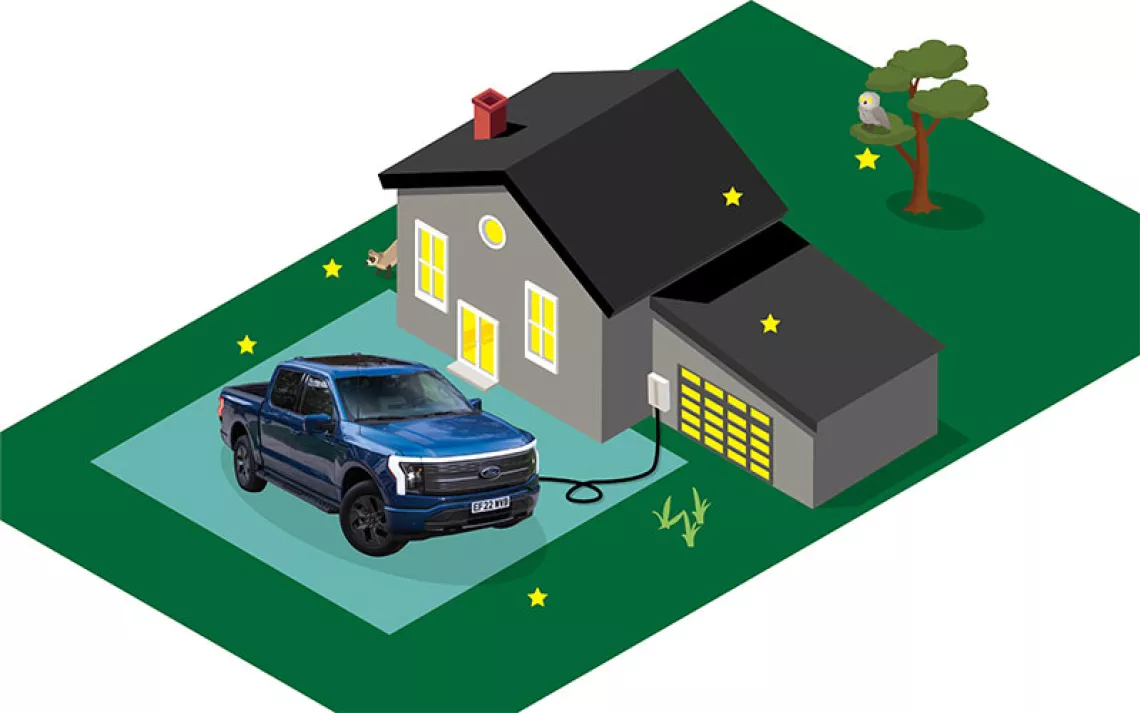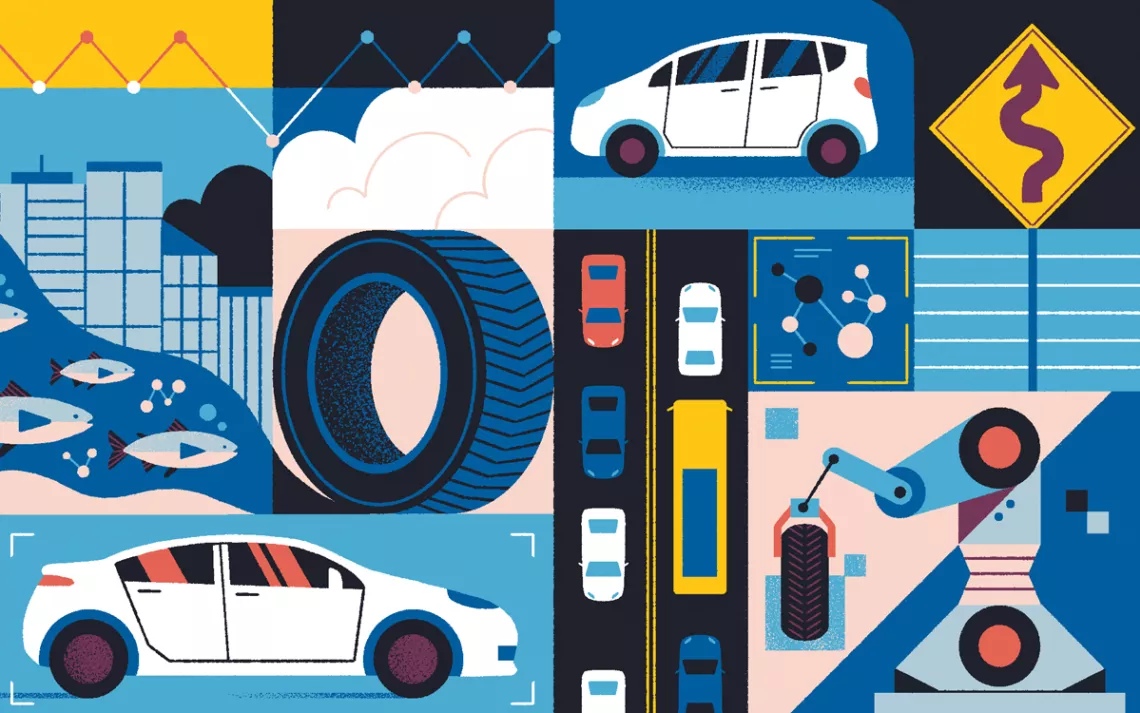What Is the Environmental Impact of Motorized Recreation?
Hint: Our measly 25 mpg average is part of the problem

Photo by suriya silsaksom/iStock
Hey Mr. Green,
How drastically would greenhouse gas emissions drop if Homo sapiens declared a moratorium on motorized recreation? Could that one measure help slow global warming?
—Eliza in Portland, Oregon
About 30 percent of all motor vehicle use is for social and recreational purposes. That’s a fairly substantial gust of greenhouse gas, thanks to these vehicles' consumption of approximately 36.8 billion gallons of gasoline a year. Since cars and trucks emit 19.64 pounds of carbon dioxide (CO2) per gallon, the total recreational emissions would be around 357,000,000 tons, or about 20 percent of total US carbon emissions from motor vehicles.
Other motorized amusements require a fairly staggering 2.2 billion gallons of gasoline, with jet skis and pleasure boats combined accounting for 1.4 billion gallons; ATVs 594 million gallons; snowmobiles 188.5 million gallons; and dirt bikes 87 million gallons. All these fabulous toys soak up 1.6 percent of the outrageous 143 billion gallons we consume in the United States annually overall. But because a number of these devices use dirty two-cycle engines instead of the four-cycle engines in cars, their share of total pollution is vastly higher than their 1.6 percent share of gasoline consumption.
You could add motorized lawn mowers, lawn tractors, and leaf blowers to your list. And keep in mind that as long as we tolerate the abiding stupidity of our automobile fleet’s measly 25 miles per gallon average, we remain in profound trouble.
 The Magazine of The Sierra Club
The Magazine of The Sierra Club



